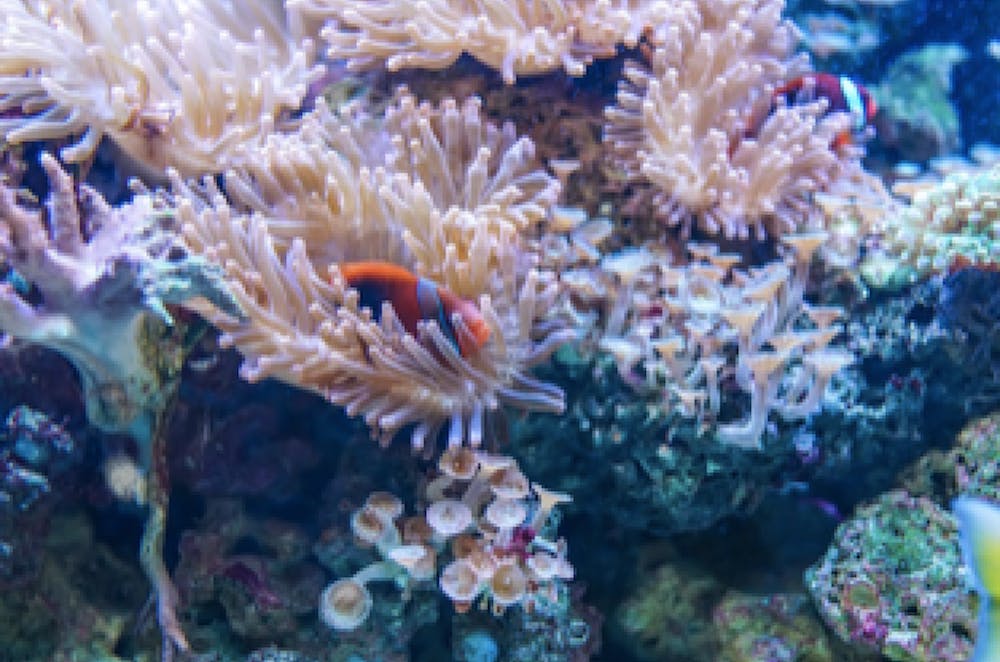By: Celine Thormann
Coral bleaching is an environmental issue that pops up in the news all the time, often accompanied by haunting images of white coral. Two years ago, environmentalist Rowan Jacobsen made waves by publishing an obituary for the Great Barrier Reef, declaring it dead after 25 million years. Scientists responded passionately, arguing both for and against Jacobsen. Proponents stated that the viral obituary would raise awareness for the issue of coral bleaching, but detractors argued that the reef can only be saved if people believe that there is something to fight for. The furor has died down now, but the issue and all the questions that go along with it remain. What is coral?One question that stumps many people is what exactly is coral? Is it an animal? A plant? How is it alive? First of all, despite the fact that it is immobile, coral is an animal. It is rooted to the ocean floor, and it is dependent on nearby algae to survive. The algae, called zooxanthellae, live within the coral and provide all the necessary ingredients for the coral to grow. Corals eat using tiny tentacles to sweep food into mouths that aren’t visible to human eyes. The combination of algae and food allows corals to be some of the largest living structures on the planet. Why are coral important?With all the attention coral gets in the news, it is shocking that many people don’t know why coral are important, or why it is such a big deal that they are in danger. First of all, corals are large and stable, providing a safe home for a huge amount of diverse marine animals. Corals contain wonderfully diverse ecosystems, and the loss of coral reefs would put these animals out of a home. Also, due to their strong structure, corals protect the coastline from strong waves and heavy storms, hence the name “barrier reefs.” Corals also benefit local economies, as tourists flock to see the unique animals in person!What is coral bleaching?Well, just like college students, coral reefs don’t always handle stress that well. Whenever they are put under stress, like when water temperatures are warmer than they should be, the zooxanthellae algae weaken and start to die. The coral then panics and expels all of the algae that are so essential to the survival and thriving of coral reefs. The expulsion causes the reef to turn from its vibrant colors to pure white. This looks very scary, but don’t be fooled. Coral can survive this. Without their algae, the coral is way more vulnerable to disease and other factors, but they aren’t immediately dead after a bleaching event. However, due to pollution and global warming, the ocean isn’t likely to get back to its normal temperature on its own, and bleaching will continue to happen. What can be done?There are a lot of stressors hurting coral right now. Of course, the grand issue is climate change. Water getting warmer is increasing the frequency of bleaching events and decreasing the amount of time that the coral has to recover between the huge stressful trauma. However, global warming is a huge problem that involves every corner of the world and will require momentous efforts to fix. The coral are in danger now, so in addition to focusing on ways to live cleaner and making policies that protect the environment, there needs to be work done to end overfishing and runoff pollution from ranches. Many organizations are working to address this issue, so the main thing is to keep informed and help where you can. Help can include personally living more responsibly, educating others accurately about the issue, and donating if possible. Coral is a beautiful part of our world, and we need to do everything we can to protect it.Photo via Pixabay.

